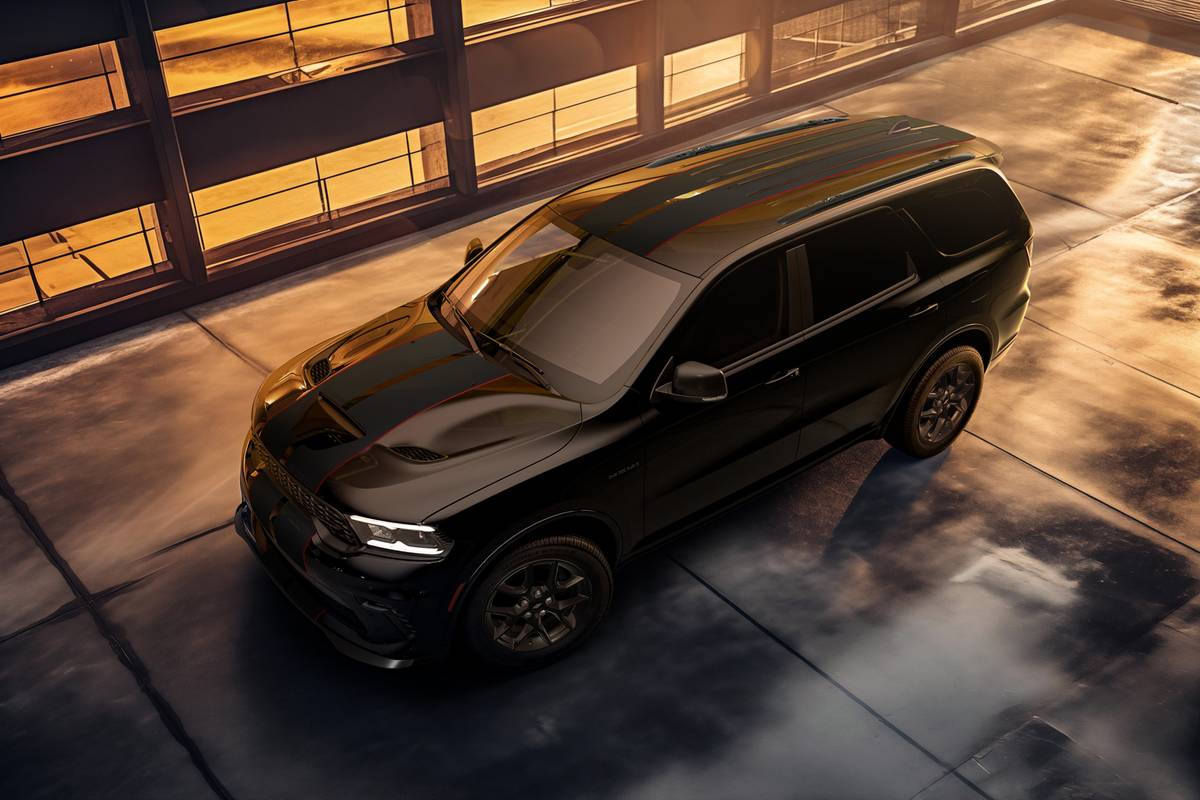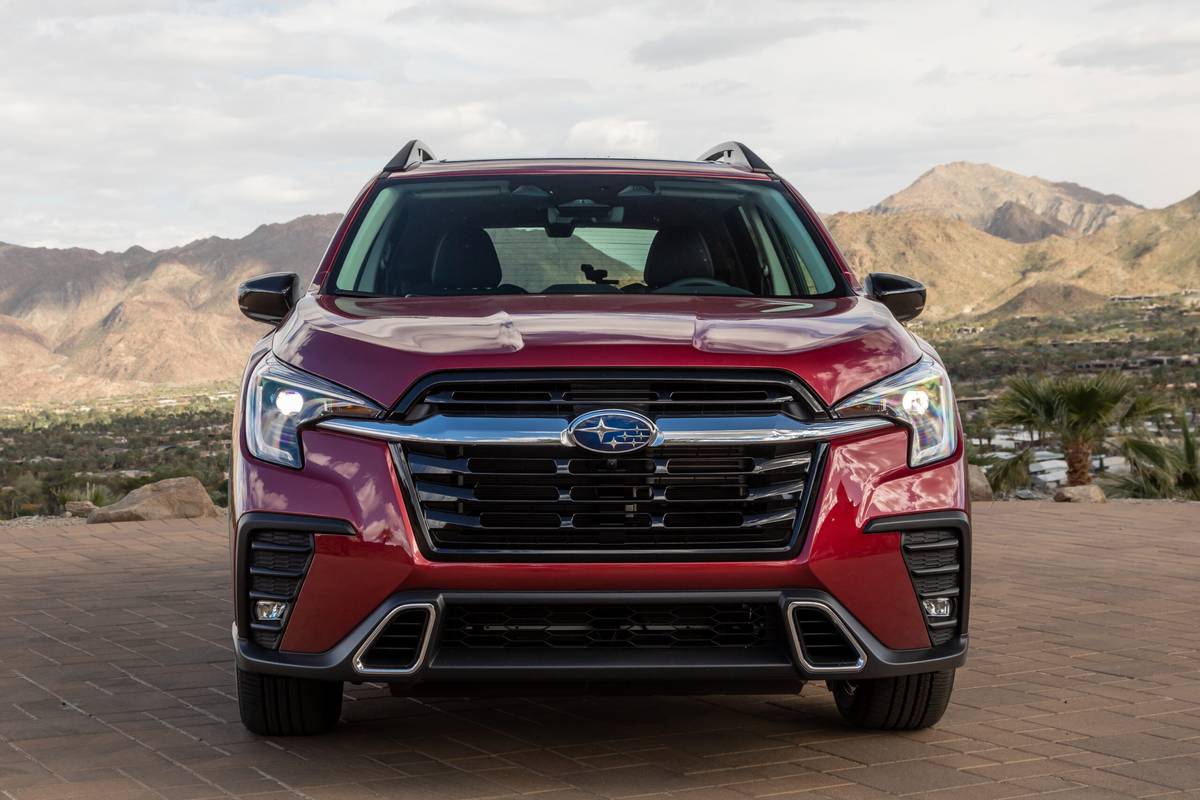The Morning Call and Mcall.com's view
The Nissan Sport Truck 4X4 is a truck that can be used for many things – among them, off-road exploring, surf fishing, going through snow, crossing mud puddles and a variety of other outdoor activities. The only activity that doesn’t immediately come to mind is work. But one look at this truck and you will realize it is a plaything and was not designed for such mundane purposes as labor and toil.
The test vehicle, with its black paint, black-out trim, black roll bar with lights and black tube front bumper, was indeed a mean-looking machine. In fact, it was so mean-looking you wouldn’t dare load it up with garbage and take it to the dump. Not that it isn’t built strong enough for such pursuits, it just wouldn’t seem right.
At one time the small Japanese pickups looked like, well, that they were designed in Japan. There was sort of an awkward look about them and they were quite different from American pickup trucks (in both size and styling). It was almost as if the Japanese didn’t want to be accused of copying, as strange as that may sound. Over the years, however, the Japanese pickups began to look more and more like American pickups. In fact, the test vehicle looks as American as mom’s homemade funnel cake.
Not only did it look American, it was built in America at Nissan’s $660 million assembly plant in Smyrna, Tenn. You must admit that is a long, long way to Mount Fuji.
The Sport Truck is classed by EPA as a small truck but it is a larger vehicle than the small Japanese pickups of the past. It has a wheelbase of 101.4 inches, overall length of 172.8 inches, width of 66.3 inches, height of 67.9 inches and curb weight of 3,050 pounds.
The cab is decently sized and most persons won’t have any problem fitting in. Tall persons will be somewhat squeezed. What else is new? As with most other small pickups, two bucket seats make up the seating arrangement. The cab is a standard cab (as opposed toNissan’s King Cab) but seems to have just a little more room. The seats have a rake back adjustment and, if the seats aren’t extended fully to the back, passengers can ride in a slightly reclined position.
The test vehicle was much more like a passenger car – in fact, almost like a sports car – inside. The seats were done up in a nice grade of cloth and the carpeting was thick. The dash featured gauges, including a tachometer, for engine functions. The test vehicle had an AM-FM stereo radio (standard) and air conditioning (optional) which certainly are fancy touches for a 4X4. It also had a sun roof and sliding back window. Obviously, there is no need to tough it out in this vehicle.
Once underway, however, you know it is a four-wheel-drive vehicle. The heavy springing and heavy four-wheel-drive machinery soon becomes obvious. The ride, as should be expected, is somewhat choppy. The comfortable seats go a long way toward making the ride more tolerable. Wh en you hit a bump you soon realize there is not much give in those big P215/ 75R15 all-weather tires.
Although it doesn’t feel like it, the front features independent suspension. Leaf springs are used in the rear. Four-wheel drive vehicles are not the most nimble vehicles when it comes to handling and the Nissan is no exception. With all that extra weight (the four-by-four version weighs about 400 pounds more than the standard Sport Truck) it seemed like it would be much happier going in a straight line. It does turn any direction you want it to go but with a certain amount of reluctance which is characteristic of four-wheel- drive vehicles and it takes getting if you’ve only drove passenger cars or standard pickup trucks.
On the other hand, four-by-four drivers will find the four-wheel mechanism easy to use. The transfer case shift lever is located between the seats and faces forward. This means if a driver drops his right hand, he/ she should hit it. The case features the usual 2-wheel high, 4-wheel low, 4-whe el high and (if you are not interested in going anywhere) neutral selections. Four- wheel drive, of course, is desirable in adverse condition such as snow, slush or ice but, since these conditions usually don’t present themselves to the Lehigh Valley in August, I can only speculate that the test vehicle will perform satisfactorily in winter weather.
The Sport Truck (as well as other Nissan pickups) has a bigger engine this year. Known as the NAPS-Z, the four-cylinder engine displaces 146 cubic inches (2.4 liter), features a hemispherical head and overhead cam and is rated at 103 horsepower at 4,800 rpm and 134 foot pounds of torque at 2,800 rpm. Performance is decent but not outstanding. The reason is, again, simply because of the extra weight of the four-wheel-drive mechanism. In addition, the test vehicle’s heavy bumpers, roll bar and air conditioning added about another 300 pounds.
The test vehicle had a five-speed manual transmission (standard equipment) that wasn’t difficult to use. Fifth gear is an overdrive gear and, as such, cuts down engine speed and noise when cruising the highways. The engine/ transmission combination produced 15 miles per gallon for city driving and 22 mpg over Lehigh Valley highway with 4X4 driving included.
An optional diesel engine which measures 152 cubic inches (2.5 liter) and is rated at 70 horsepower at 4,000 rpm and 115 foot pounds of torque at 2,000 rpm is available.
Base price for the Sport Truck 4X4 is $9,745 which includes a nice level of trim and equipment. The test vehicle had a price tag of $11,320 including a delivery charge of $195 and the vehicle’s only three options $580.
Latest news



